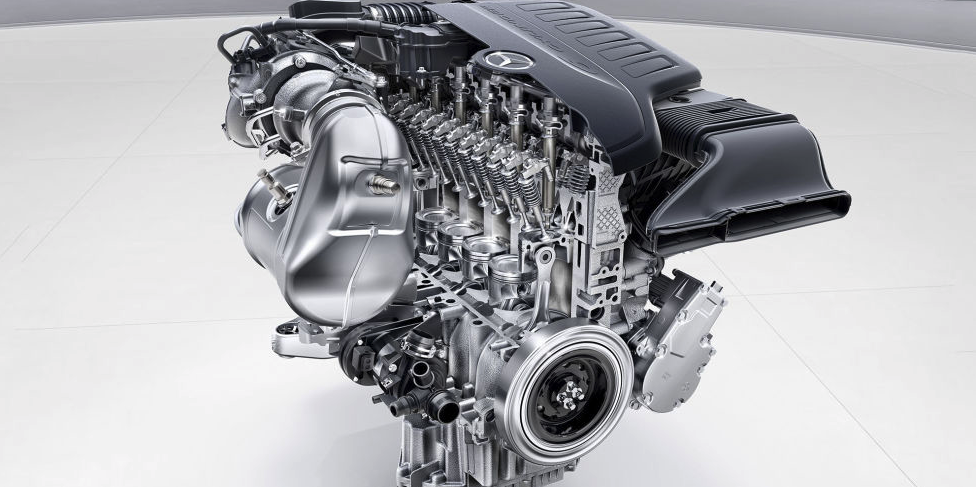Mercedes-Benz V6 Versus Straight-Six
V6 and Straight-Six Engines Both Have Their Pros and Cons
Mercedes-Benz recently announced the retirement of the V6 engines they’ve used on just about everything. They’re replacing them with straight-six motors. Interestingly enough, they did exactly the opposite about 15 years ago, when Daimler adopted the V6 to implement a new parts and production strategy. Or to put it in other words, to create a larger parts bin and save time and money.

Nowadays it’s all about four- and six-cylinder engines. Most of them are turbocharged, and they all produce horsepower figures that would’ve been deemed impossible just a decade ago. Furthermore, other manufacturers (like BMW) are also dropping V6s, and replacing them with straight-six engines. But why? To answer that question is this nifty video by the folks at Car Throttle.
CHECK OUT: What Forum Members Are Saying About The Difference Between Sixes
The nearly five-minute video explains in-depth the main differences between the two six-cylinder engines. Or at least as many as you can crunch into such a short amount of time. It further highlights behavior, packaging, and which vehicles are known for their iconic six-cylinder engines, both V and straight.
The photo shown here is of the newly designed 3.0-liter straight-six Mercedes engine, known as M256. According to Mercedes-Benz, it’s capable of 402 horsepower, and “more than” 369 lb-ft of torque. Such figures are nothing short of mind-blowing, considering these were V8, or even V12 performance figures in the early ’90s.
Enjoy the film! Then let us know what you think.
